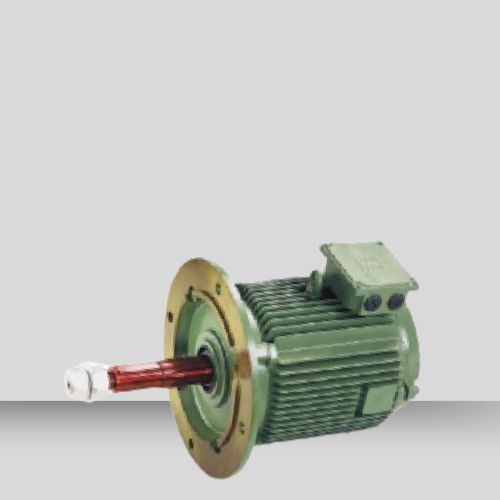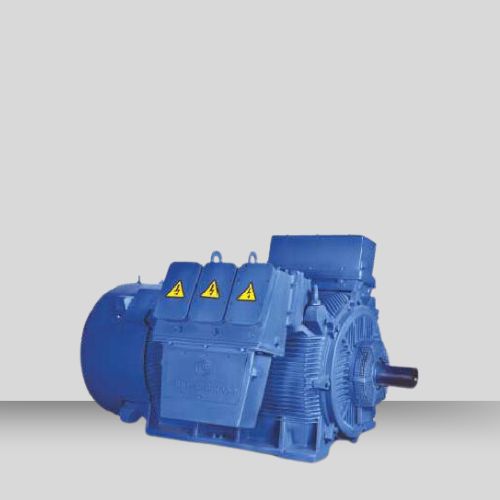Innomotics Motor IE2 & IE3 & IE4
ABB Motor IE2 & IE3 & IE4
Weg (Marathon) STD Motor TEFC IE2 & IE3 & IE4
CG Motor IE2 & IE3 & IE4
Bharat Bijlee Motor IE2 & IE3 & IE4
Kirloskar Motor IE2 & IE3
Havells Motor IE2 & IE3 & IE4
Hindustan Motor IE2 & IE3 & IE4
ABB Flameproof Motor IE2 & IE3
Weg (Marathon) Flameproof Motor IE2 & IE3
CG Flameproof Motor IE2 & IE3
Bharat Bijlee Flameproof Motor IE2 & IE3
Kirloskar Flameproof Motor IE2 & IE3
Havells Flameproof Motor IE2 & IE3
Hindustan Flameproof Motor IE2 & IE3
Innomotics Crane Motor IE2 & IE3
ABB Crane Motor IE2 & IE3
Weg (Marathon) Crane Motor IE2 & IE3
Weg (Marathon) Crane Slip Ring Motor
CG Crane IE2 & IE3 Motor
CG Crane Slip Ring Motor
Bharat Bijlee Crane Motor IE2 & IE3
Bharat Bijlee Crane Slip Ring Motor
Kirloskar Crane Motor
Kirloskar Crane Slip Ring Motor
Hindustan Crane Motor
Innomotics Brake Motor
ABB Brake Motor
CG Brake Motor
BBL Brake Motor
Havells Brake Motor
Hindustan Brake Motor
ABB Smoke Spill Motor
Havells Smoke Spill Motor
Weg (Marathon) Smoke Spill Motor
Hindustan Cooling Tower Motor
Kirloskar Mill Duty Motor
CG Mill Duty Motor
CG Crusher Duty Motors
CG SPDP Motor
Kirloskar SPDP Motor
Weg (Marathon) SPDP Motor
CG DC Motor
Kirloskar DC Motor
Innomotics HV Motor
ABB HV Motor
Weg (Marathon) HV Motor
CG HV Motor
Bharat Bijlee HV Motor
Overview of Motors
Motors play a pivotal role in modern industrial and commercial operations. They are machines that convert electrical energy into mechanical energy, enabling movement and power transmission across a vast array of equipment. Motors are ubiquitous in today’s world, found in everything from household appliances to large-scale industrial machinery. They are the driving force behind conveyors, pumps, fans, compressors, and various other applications, offering precise control over speed, torque, and position in many sectors.
With rapid industrialization and advancements in automation, motors are becoming more specialized to meet the increasing demands of energy efficiency, performance, and reliability. The development of various motor types, including low-voltage, medium-voltage, and high-voltage motors, is tailored to suit different applications, from small machinery to heavy-duty industrial processes. This makes motors an indispensable component in sectors such as manufacturing, oil and gas, mining, transportation, and energy production.
Importance of Energy Efficiency in Industrial Applications
Energy efficiency is one of the most critical considerations in industrial applications, particularly in motor-driven systems. Motors account for a significant portion of energy consumption in industries, often up to 60-70% in some sectors. Therefore, improving motor efficiency is key to reducing energy usage, lowering operating costs, and decreasing carbon footprints.
Energy-efficient motors not only consume less electricity but also improve performance and longevity by minimizing wear and tear. By reducing the heat produced and running cooler, these motors last longer, requiring less maintenance and reducing downtime. Additionally, energy-efficient motors contribute to sustainability initiatives, which are increasingly important for companies facing regulatory and environmental pressure to reduce emissions.
Using high-efficiency motors, such as those meeting IE2, IE3 or IE4 standards, can lead to substantial energy savings over the lifecycle of the motor. Retrofitting or upgrading older motors with energy-efficient models can provide immediate cost benefits and ensure compliance with modern standards.
Types of Motors
- AC Motors: Powered by alternating current (AC), they are widely used in low and high-power applications. AC motors include synchronous and asynchronous (induction) motors.
- DC Motors: Powered by direct current (DC), offering precise speed and torque control, used in applications requiring variable speed and high starting torque.
- Synchronous Motors: These run at a constant speed, synchronized with the frequency of the supply current, ideal for precise speed control applications.
- Induction Motors: Common in many industrial applications, known for ruggedness and reliability in demanding conditions like pumps and fans.
Low Voltage Motors
Low-voltage motors operate below 1000V and are commonly used in various industries for small to medium-sized applications such as pumps, fans, compressors, and conveyors. These motors are energy-efficient, compact, and easy to install, meeting high-efficiency standards like IE2, IE3, and IE4 for optimized energy usage.
Medium Voltage Motors
Medium-voltage motors operate between 1000V to 6900V and are suitable for heavier industrial applications. These motors power equipment like crushers, pumps, fans, and compressors in industries such as mining, oil & gas, and power generation, designed to withstand harsh conditions and deliver robust performance.
High Voltage Motors
High-voltage motors, operating over 6900V, are used in large-scale industrial applications where high power output is needed. These motors are critical in energy-intensive industries like petrochemicals, steel production, and energy generation, driving large equipment such as turbines, compressors, and heavy-duty pumps.
Applications of Motors
- Manufacturing: Driving machinery for cutting, grinding, drilling, and other processes.
- Energy: Used in power plants to drive turbines, compressors, and other equipment.
- Water Treatment: Motors power pumps, fans, and filtration systems in water and wastewater management.
- HVAC: Integral to air handling units, compressors, and fans in HVAC systems.
- Mining: Powering crushers, conveyors, and pumps in mining operations.
Industries Using Motors
- Oil and Gas
- Steel
- Mining
- Manufacturing
- Power Generation
- Water and Wastewater Treatment
- Food and Beverage
- HVAC
- Automotive
- Aerospace
Why Choose Makharia Machineries for Motors
- Wide Range of Motors: From low-voltage to high-voltage, and specialized motors for automation and robotics.
- Energy Efficiency: Motors designed to meet the highest energy efficiency standards.
- Industry Expertise: Decades of experience in providing tailored motor solutions for diverse industrial applications.
- Top Brands: Partnerships with leading motor brands like Innomotics, ABB, CG, Bharat Bijlee, and more.
- Comprehensive Support: Full support throughout the selection, installation, and operational lifecycle of your motors.
Top Brands for Superior Motors
- Innomotics (Earlier known as Siemens)
- ABB
- CG (Crompton Greaves)
- Bharat Bijlee
- Havells
- Weg - Marathon
- Kirloskar Electrics
- Hindustan Motors


 STD TEFC IE2, IE3, IE4 Motors.jpg)






 Flameproof IE2, IE3 Motors.jpg)







 Crane Motors IE2, IE3.jpg)
 Crane Slip Ring Motors.jpg)















 Smoke Spill Motors.jpg)





 SPDP Motors.jpg)




 HV Motors.jpg)

